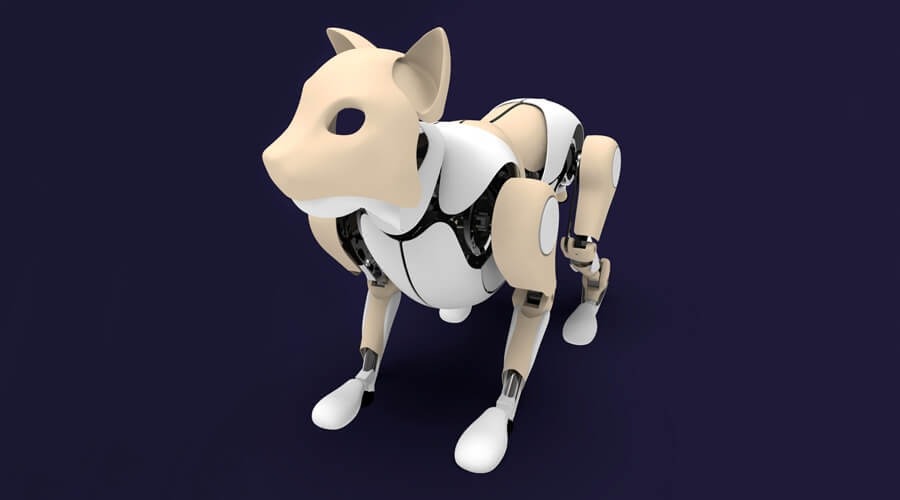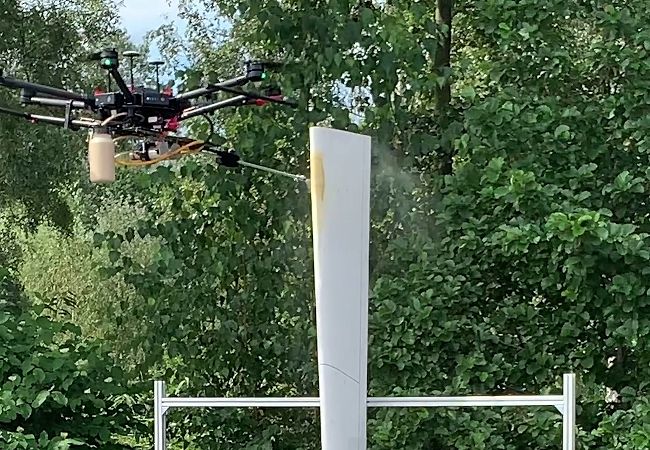Implantable devices have revolutionized modern medicine, offering advanced solutions for stimulating muscle tissue, neurons, and monitoring vital body functions. However, managing multiple implants with separate transmitters can be cumbersome. Now, a groundbreaking wireless system developed by researchers at Rice University promises synchronized activation of multiple implants through a single transmitting device.
Traditionally, each implant requires its own transmitter operating at specific frequencies. However, the new experimental system enables sequential activation of multiple implants using an external alternating magnetic field. This innovation streamlines the process, allowing doctors to efficiently manage complex medical interventions.
In scenarios where signal passage through damaged tissue is critical, such as spinal cord injuries or heart chamber stimulation, synchronized implant activation becomes invaluable. The system ensures precise coordination, resembling the harmony of a symphony orchestra, as implants are activated with calculated delays for optimal functionality.
While the current operational range is limited to 60 millimeters, ongoing improvements aim to extend this distance. Laboratory tests on experimental rodents and hydras, small freshwater organisms, have showcased the system's efficacy in achieving synchronized stimulation.
The potential of this technology extends across various medical domains, from restoring mobility to paralyzed limbs to regulating heart function. By orchestrating a synchronized and coordinated approach to implant activation, researchers pave the way for enhanced medical interventions and improved patient outcomes.
As research progresses, the synchronized wireless implant system holds promise for transforming medical treatments, offering new avenues for precision medicine and personalized healthcare. Stay tuned for further developments in this cutting-edge field of implantable device technology.


















